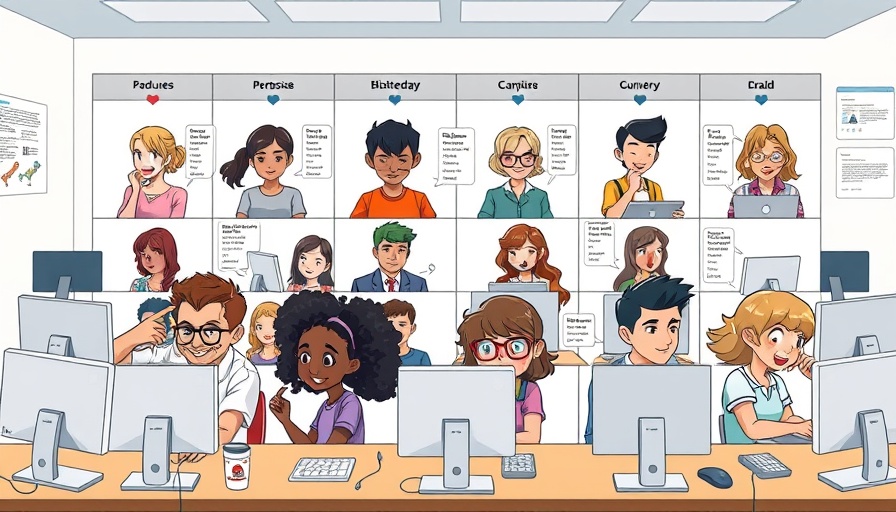
Bridging the Gap: Designing AI for Human Decision-Makers
As artificial intelligence continues to evolve and integrate into various aspects of our lives, a critical question emerges: How do we balance the capabilities of AI with the intrinsic value of human judgment? Jann Spiess, an associate professor at Stanford Graduate School of Business, is at the forefront of this exploration, advocating for an approach where AI tools are developed to enhance rather than replace human decision-making.
Understanding the Human-AI Interface
Recent research has highlighted a notable trend: the effectiveness of AI in high-stakes situations is often no better than decisions made by humans alone. This is concerning, especially in sectors like finance and social media, where AI misinterpretation can lead to significant consequences. As Spiess notes, current AI technologies emphasize performance over user experience, leading to potential pitfalls in decision-making.
The problem lies in how AI recommendations are presented to users. When decisions are overly reliant on algorithms, vital context may be ignored. Conversely, if AI outputs are perceived as complex or irrelevant, users might default back to their judgments, missing out on valuable insights. To counteract these issues, a user-centric design philosophy for AI interactions is essential.
Complementary Capabilities: AI and Human Intelligence
According to Spiess, the debate surrounding AI vs. human capability is misplaced. Instead of pitting human intuition against AI proficiency, the focus should be on their complementary uses. He advocates for algorithms that consider how decisions will be made, ensuring that tool design accommodates human behavioral patterns. This concept of tailoring algorithms to human interaction can empower decision-makers, encouraging them to leverage AI when it enhances understanding.
The Future of AI Integration
As we look ahead, it’s clear that for AI to serve us effectively, it must evolve past its current limitations. The next generation of AI tools should involve thoughtful design, which accounts for human responses to algorithmic recommendations. This means developing systems that not only analyze data intelligently but also communicate findings in ways that are clear and actionable for human users.
Conclusion: Embracing Synergy in Decision-Making
The emerging narrative in AI research emphasizes collaboration between human decision-makers and algorithmic systems. By recognizing the strengths of both, we can cultivate environments where technology acts as a helpful ally rather than a hindrance. As we continue to innovate, fostering an understanding of the human-AI relationship will play a crucial role in creating tools that enhance decision-making processes across various sectors.
In conclusion, embracing AI's potential while emphasizing human judgment will yield more effective applications of this powerful technology. This synergy can pave the way for smarter decisions in areas ranging from healthcare to finance, ultimately shaping a hopeful future where AI and humans work hand in hand.
 Add Row
Add Row  Add
Add 




Write A Comment